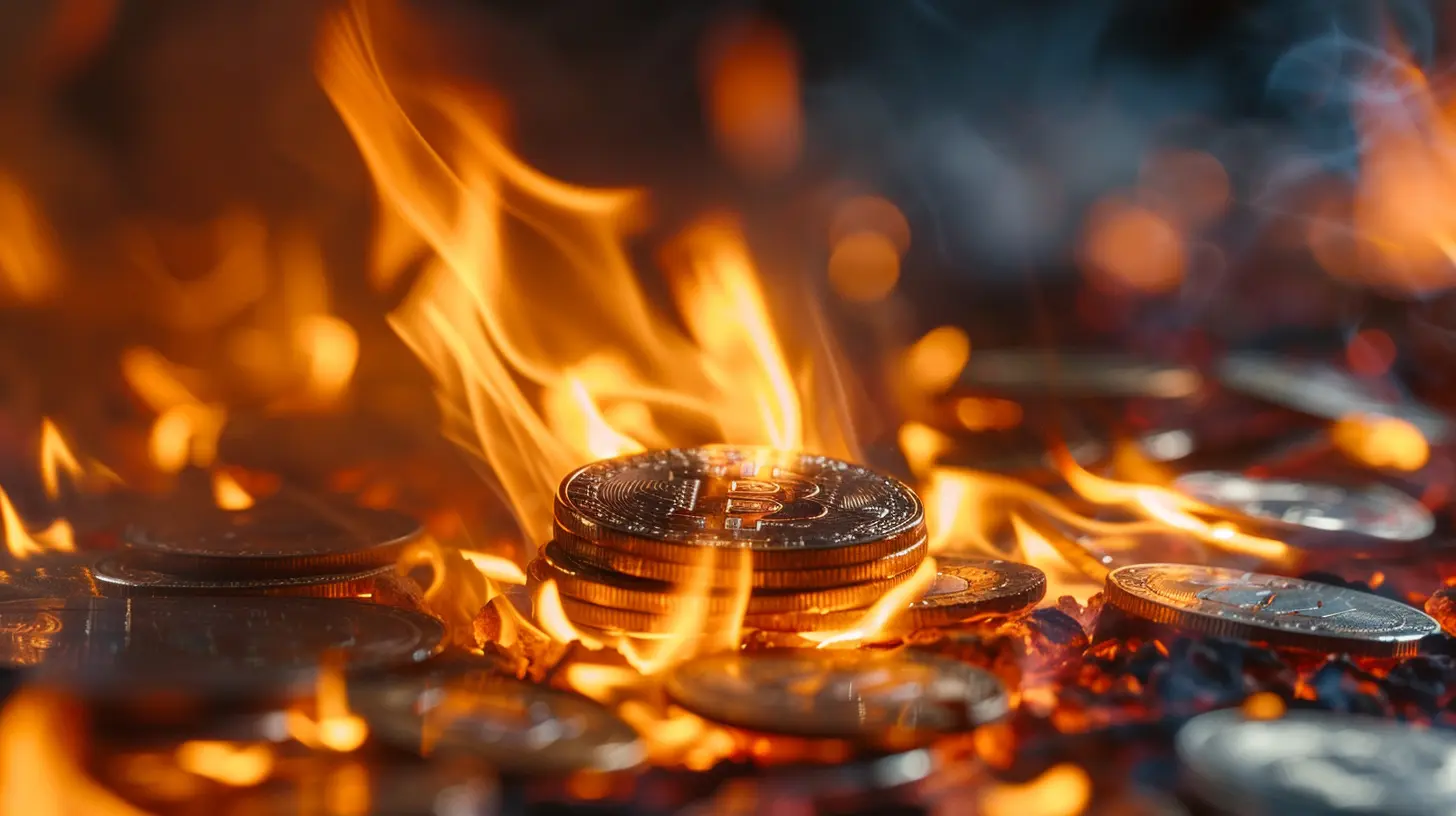Understanding Burn Rate: How Fast Are You Spending Your Funds?
25 May 2025
When you're running a business, keeping an eye on your money is everything. And one key financial metric that can make or break your venture is burn rate. Whether you're a startup founder, an entrepreneur, or even an investor, understanding burn rate could be the difference between success and bankruptcy.
So, let's break it down. What exactly is burn rate? Why does it matter? And how can you manage it without constantly stressing over your bank balance? Buckle up—we’re about to get real about your spending habits.
What is Burn Rate?
Burn rate is the speed at which a company spends its cash reserves before it starts generating a positive cash flow. Think of it like fuel in a car—if you’re burning through your cash too fast, you’ll run out before reaching your destination.For startups, burn rate is especially crucial. Most new businesses aren't profitable from day one, which means they rely on initial funding (from investors, loans, or savings) to keep the lights on. The question is: How long can your company survive before running out of money?
Burn rate is typically measured in monthly expenses. If your startup spends $50,000 per month and isn't yet making enough revenue, your burn rate is $50,000. If you have $500,000 in the bank, you’ve got 10 months before you hit zero—unless you make changes. 
Types of Burn Rate
There are two main types of burn rates you'll hear about:1. Gross Burn Rate
This is the total amount of cash your company spends every month. It includes everything—rent, salaries, utilities, marketing, software subscriptions, and more.Formula:
\[
ext{Gross Burn Rate} = ext{Total Monthly Expenses}
\]
For example, if your company spends $100,000 every month, your gross burn rate is $100,000.
2. Net Burn Rate
This is a little more refined. It considers both expenses and revenue. So, if your business is making some money (but still isn't profitable), net burn rate shows how much you're actually losing each month.Formula:
\[
ext{Net Burn Rate} = ext{Total Monthly Expenses} - ext{Monthly Revenue}
\]
For example, if you're spending $100,000 per month but earning $30,000 in revenue, your net burn rate is $70,000. This gives a more realistic picture of your financial runway. 
Why Does Burn Rate Matter?
Burn rate isn't just some boring accounting term—it can decide the fate of your company. Here’s why it matters:- Determines Your Runway – Knowing your burn rate helps you calculate how long your company can survive before needing more cash.
- Attracts Investors – Investors love companies with a controlled burn rate. If you’re burning money recklessly, it’s a red flag.
- Guides Decision-Making – If your burn rate is too high, you might need to cut costs or find additional funding before it’s too late.
- Signals Financial Health – A high burn rate without revenue growth? That’s a big warning sign. It forces you to reassess your business model. 
How to Calculate Your Cash Runway
Your cash runway tells you how many months your business can survive at the current burn rate before running out of money.Formula:
\[
ext{Runway (in months)} = \frac{ ext{Cash Reserves}}{ ext{Net Burn Rate}}
\]
Example: If you have $500,000 in cash and a net burn rate of $50,000 per month:
\[
500,000 ÷ 50,000 = 10 ext{ months}
\]
That means you have 10 months before you need to start making a profit or raise more capital.
Signs Your Burn Rate is Too High
Not sure if your burn rate is under control? Here are some red flags:- Your runway is dangerously short (less than 6 months).
- You're spending more than expected without clear returns.
- Your revenue isn’t growing fast enough to cover expenses.
- You’re constantly fundraising just to survive.
If any of these sound familiar, it’s time to tighten the purse strings.
How to Reduce Burn Rate
If your burn rate is too high, don’t panic—there are ways to cut costs and extend your financial runway.1. Cut Unnecessary Expenses
Do you really need that fancy office, or could you go remote? Are you paying for software you're barely using? Sometimes, small cuts can make a big difference.2. Negotiate Better Deals
Talk to vendors, landlords, and service providers to see if you can get better rates or discounts. Many companies are open to renegotiation, especially if you're a loyal customer.3. Increase Revenue
Easier said than done, right? But if you can boost sales, introduce new revenue streams, or raise prices slightly, you might slow down your burn rate naturally.4. Hire Smartly
Hiring too fast can drain your cash reserves. Focus on essential hires only and consider outsourcing or freelancers for tasks that don’t require full-time employees.5. Focus on ROI
Every dollar spent should add value to your business. If you're dumping cash into marketing strategies that aren’t working, it’s time to rethink your approach.6. Raise More Funding (If Needed)
If all else fails, you might have to go back to investors or seek alternative funding options. But be strategic—raising money when you're desperate can mean unfavorable terms.The Ideal Burn Rate for Startups
There’s no one-size-fits-all answer, but a general rule of thumb is:- Early-stage startups: Should have at least 12-18 months of runway.
- Growth-stage startups: Can tolerate higher burn rates but should have clear revenue growth.
- Mature businesses: Should be moving towards profitability, not just burning cash.
If you're burning too fast, slow it down. If you're not burning enough (and missing growth opportunities), maybe you need to invest more in scaling.
Final Thoughts
Burn rate is your financial heartbeat—it tells you how long you can survive before you need to make a profit or raise more cash. Managing it wisely can mean the difference between thriving and shutting down.So, keep an eye on your numbers, make smart financial decisions, and ensure your business stays in the game for the long run. Because in the world of startups, running out of cash isn’t just a setback—it’s game over.
all images in this post were generated using AI tools
Category:
EntrepreneurshipAuthor:

Zavier Larsen
Discussion
rate this article
3 comments
Berenice Shaffer
Burn rate isn't just a metric; it’s a survival guide. Know your numbers, control your spending, and ensure your startup doesn’t burn out before it thrives.
June 3, 2025 at 4:04 AM

Zavier Larsen
Absolutely! Understanding burn rate is crucial for navigating your startup's financial health. It helps ensure you allocate resources wisely and sustain growth.
Simon Huffman
Great article! Understanding burn rate is crucial for financial health. Monitoring your spending can lead to better resource management and strategic planning. Keep up the good work!
May 28, 2025 at 4:36 AM

Zavier Larsen
Thank you for your insightful comment! I'm glad you found the article valuable. Managing burn rate is indeed key to financial health.
Laura Adams
Monitor burn rate to ensure sustainable financial management and growth.
May 25, 2025 at 4:21 AM

Zavier Larsen
Absolutely! Monitoring burn rate is crucial for maintaining financial health and supporting sustainable growth. It helps ensure your funds are used effectively.



